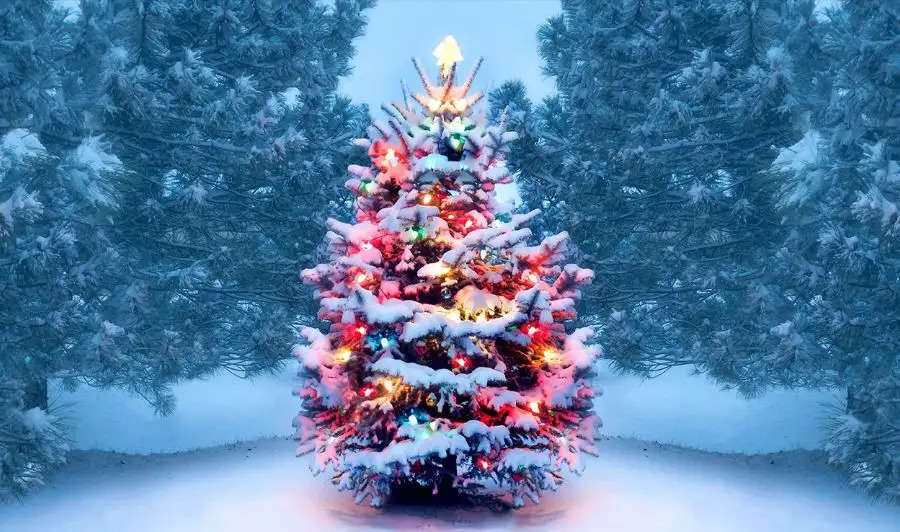Unwrapping Tradition: Tracing the Origins and Evolution of Christmas Trees
From Pagan Rites to Global Festivities: The Journey of Evergreen Trees in Christmas Celebrations

- The tradition of Christmas trees is deeply rooted in history, with origins possibly dating back to ancient pagan rituals.
- German influence played a pivotal role in popularizing Christmas trees, evolving from "paradise trees" to the festive symbols we recognize today.
- As the tradition spread globally, environmental concerns led to the creation of artificial trees, marking a shift in materials over the years.
Christmas, a season steeped in traditions, boasts one iconic symbol that stands tall in homes worldwide—the Christmas tree. The roots of this cherished tradition delve deep into history, where the use of trees as decorations finds ancient precedents. While debates exist about the exact origin, the influence of German customs seems to have shaped the modern Christmas tree.
One intriguing tale places the Christmas tree's origin in Germany around 723 when English missionary St. Boniface confronted pagans performing a ritual at an oak tree. Legend has it that after felling the oak, Boniface identified a nearby evergreen as their "holy tree." Whether factual or symbolic, evergreen trees found their place in Christian rites in Germany.
In the Middle Ages, "paradise trees" emerged, symbolizing the Garden of Eden. Hung with apples, these trees adorned German homes on December 24, aligning with the religious feast day of Adam and Eve. The tradition evolved over the years, incorporating lighted candles on trees in the 16th century, ultimately transforming paradise trees into the Christmas trees recognized today.
The German influence extended as Germans migrated, taking Christmas trees to other countries, including England. The German-born Prince Albert and Queen Victoria played a pivotal role in popularizing the tradition among the British. In the 19th century, Christmas trees became a firmly established tradition in Germany and England.
German settlers carried the tradition to the United States, where it faced initial resistance. Puritans, disapproving of the holiday's pagan roots, even outlawed Christmas celebrations in the Massachusetts Bay Colony. However, by the 1870s, Christmas trees gained popularity in the U.S., spurred by illustrations like the altered 1848 depiction of the British royals.
As the tradition spread globally, concerns over deforestation arose, prompting Germans to create artificial goose-feather trees in the 1880s. Over time, various materials replaced goose feathers, leading to the development of artificial trees. In 2021, 84 percent of Christmas trees in the United States were artificial, highlighting the evolving nature of this beloved holiday tradition.
